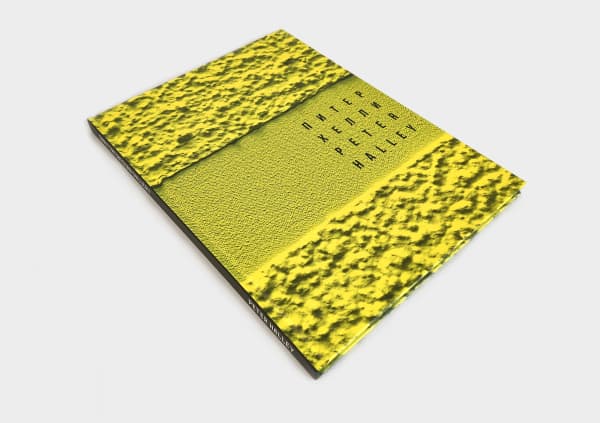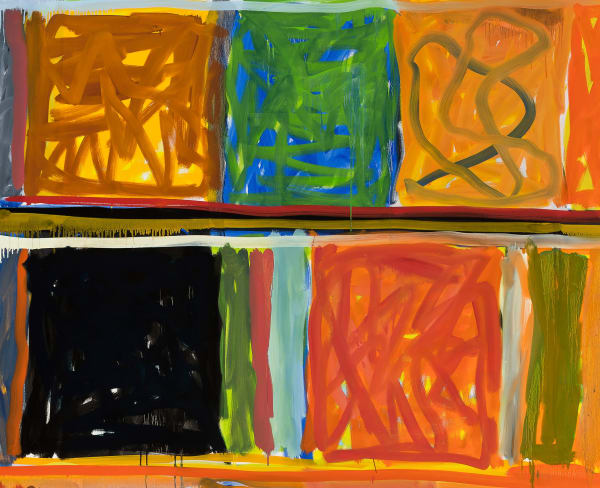-
-
"The space of my work became premised on the idea that the way we live is characterized by physical isolation, but that we are reconnected through technology."
– Peter Halley
Emerging in New York in the 1980s, Peter Halley brought a radical new energy to geometric abstraction. Against the backdrop of postmodern eclecticism and the rise of digital culture, he redefined geometry not as a neutral formal language, but as a means to visualize the psychological and structural conditions of contemporary life.
-
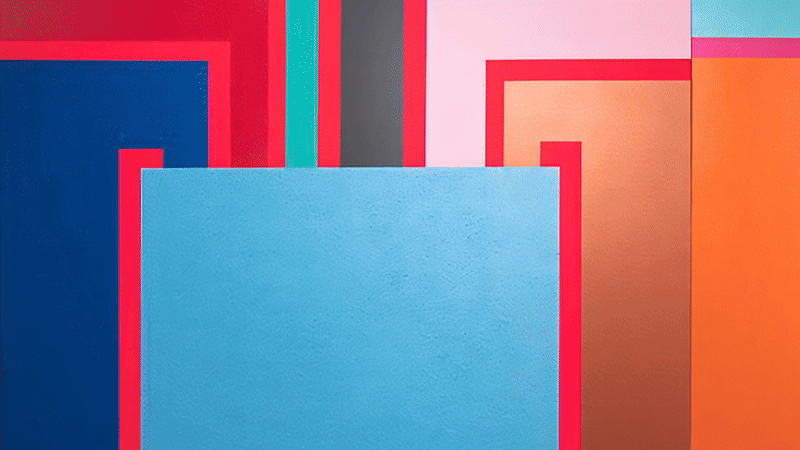 Peter Halley. Heat, 2001 (detail) © Gary Tatintsian Gallery and the artist
Peter Halley. Heat, 2001 (detail) © Gary Tatintsian Gallery and the artist -
By the late 1990s and early 2000s, Halley’s work reflected a growing fascination with new technologies and the expanding realm of electronic communication. His recurring motifs—cells, prisons, and conduits—evolved into metaphors for digital networks and systems of interconnection. The conduits operate like circuit paths, channeling information, data, and control between isolated units, much like the traces on a computer motherboard. These compositions capture a transitional moment, envisioning a world where formerly separate spaces are bound together by the invisible architecture of electronic networks.
The computer represents the ultimate manifestation of the linear system—a machine that both embodies and enforces its logic. Its circuitry unfolds as a precise geometry, where every connection and flow is predetermined, echoing the ordered structures of abstraction. Networks of data form visual compositions of their own, their channels and pathways creating patterns as deliberate as painted lines or sculpted forms. As society’s memory and communication increasingly migrate into digital space, the computer stands as a model of the linear aesthetic itself: a closed, self-referential system in which information moves through circuits that parallel the structure, rhythm, and repetition that Halley’s paintings materialize and transform into visual form.
-
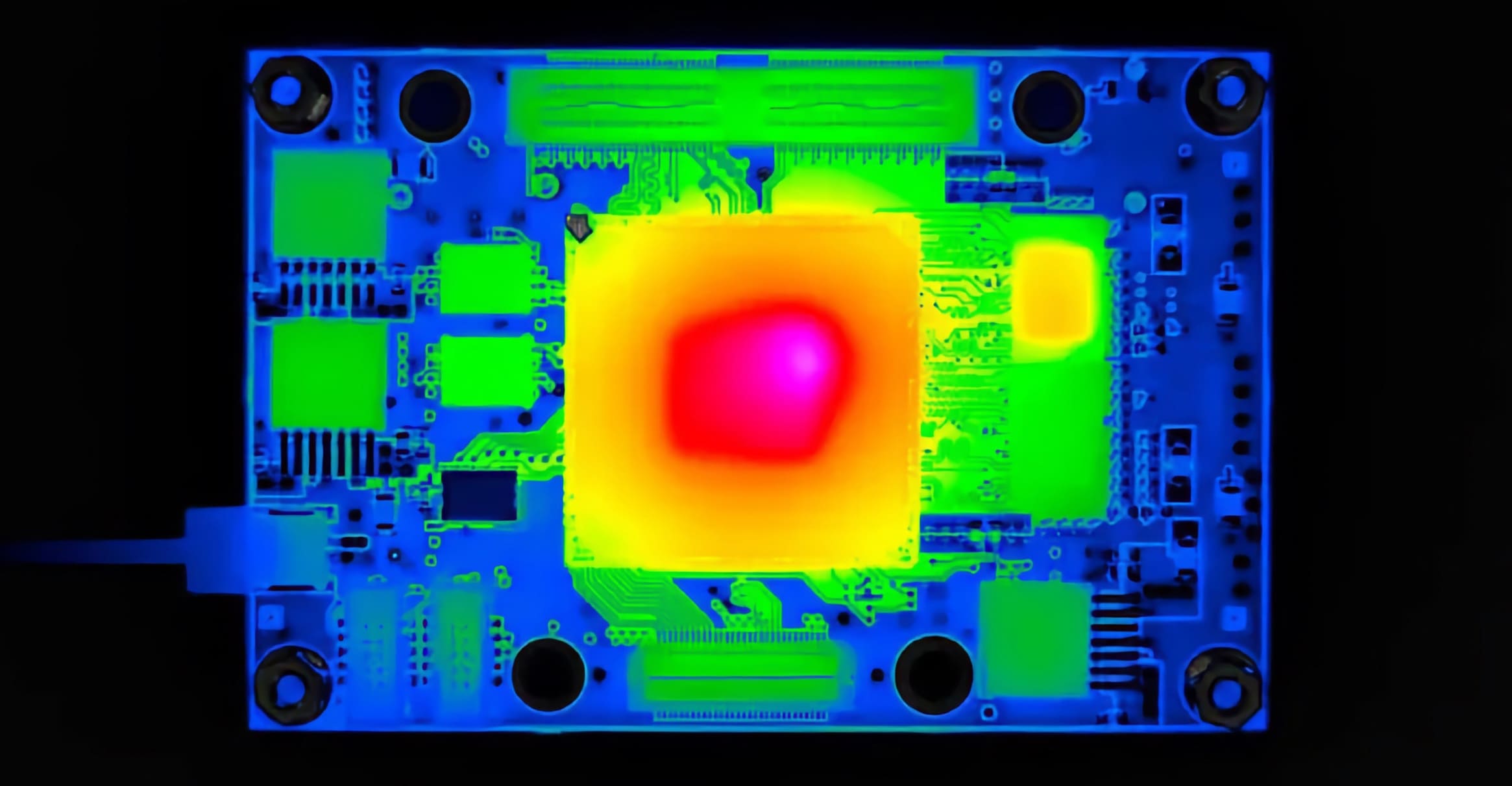 Infrared image of microcontroller board © InfraTec GmbH
Infrared image of microcontroller board © InfraTec GmbH -
In the Heat (2001), these ideas take on a striking visual duality. The composition divides into two parts: on the left, a cool blue structure evokes order, control, and stability; on the right, a field of red radiates intensity, like rising temperature under a thermal camera’s gaze. Together, the opposing halves suggest a constant oscillation between system and sensation.
-
"I’m interested in how screens are filtering social interactions, how connections are controlled by corporations and tech companies, how the internet dictates how we communicate along its technological parameters."
-
Halley’s engagement with geometric abstraction continues and expands the legacy of modernist formalism. His layered compositions, where shapes seem to frame or contain one another, recall Frank Stella’s concentric squares. Yet, while Stella emphasized the autonomy of the artwork, Halley infuses his geometry with critical and theoretical depth. His use of color carries symbolic weight, linking formal invention with social meaning.
-
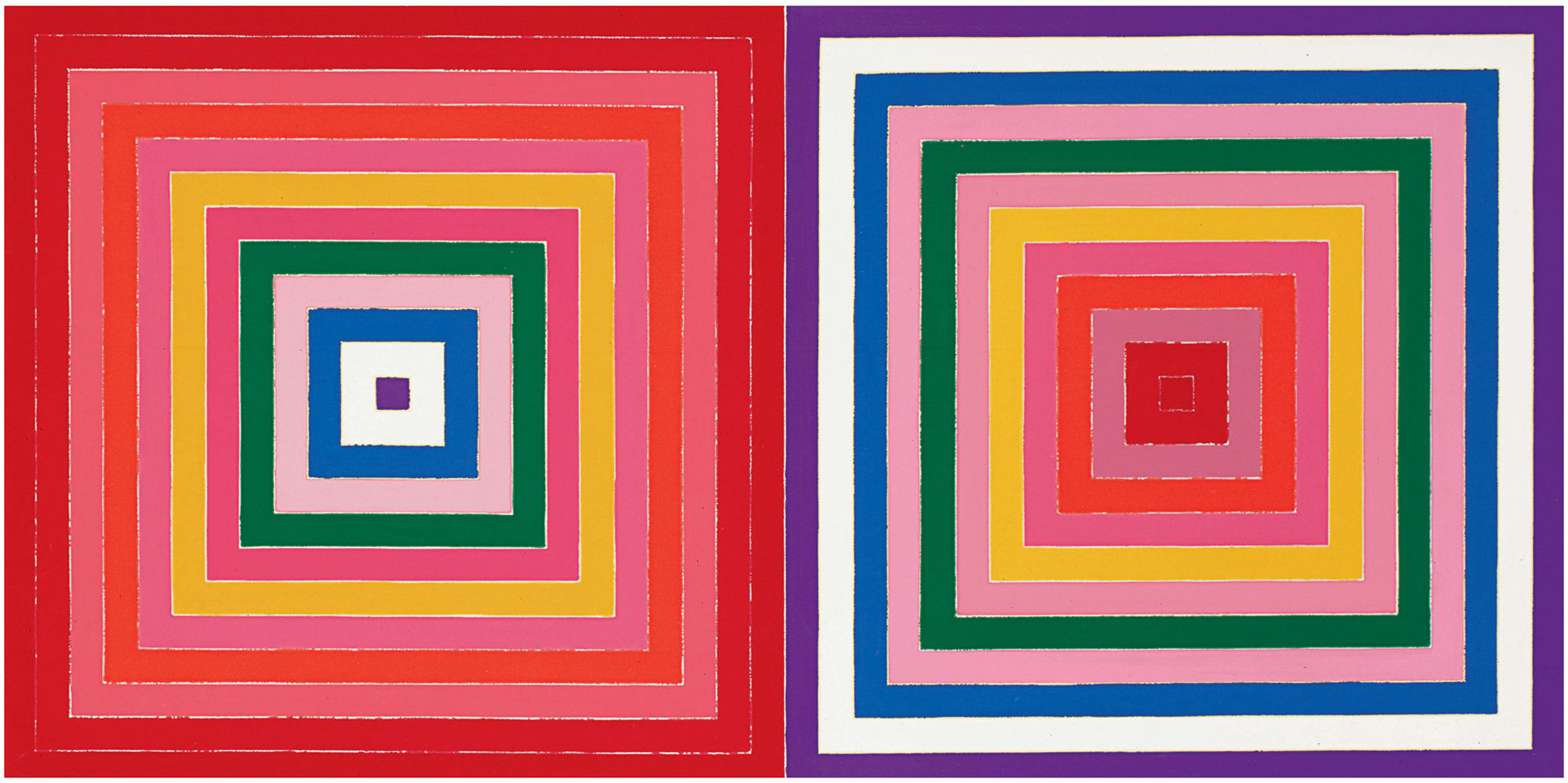 Frank Stella, Double Scramble,1978 © Private collection
Frank Stella, Double Scramble,1978 © Private collection -

© Gary Tatintsian Gallery and the artist
-
 Peter Halley © dpa picture alliance / Alamy Stock Photo
Peter Halley © dpa picture alliance / Alamy Stock Photo -
-
-
Find out more
-

Peter Halley
-

Peter Halley
2017 September 1, 2017 -

Peter Halley
201564 pages 220×290 mm Weight: 0,425 kg Paperback ISBN: 978-5-9906881-0-0
-
-
-
Viewing Rooms
Viewing Room | Peter Halley. Heat, 2001
Current viewing_room






